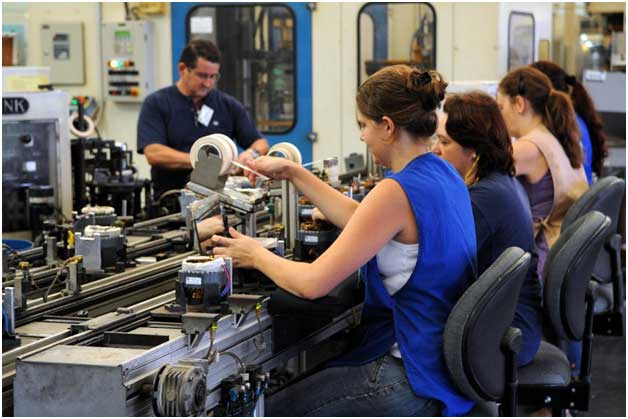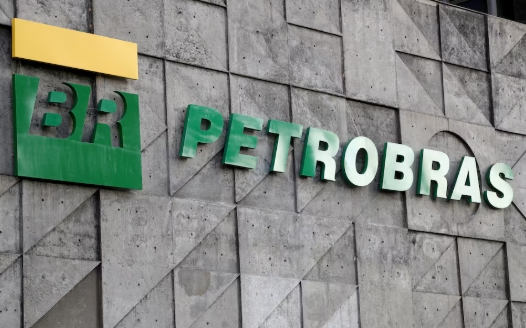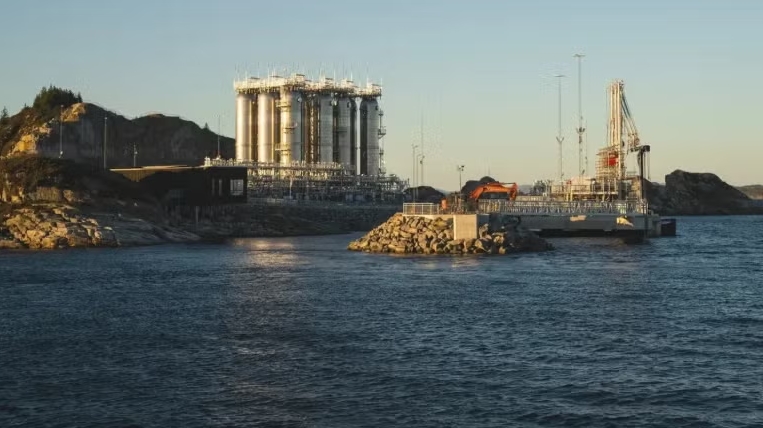 Staff from MCI Santé Animale, one of the 18 companies that have participated in energy management training organized by UNIDO´s Industrial Energy Accelerator in partnership with the Moroccan government, at work, as the country moves to reduce its reliance on fossil fuel imports. Credit: Macarena Aguilar/Small World Stories
Staff from MCI Santé Animale, one of the 18 companies that have participated in energy management training organized by UNIDO´s Industrial Energy Accelerator in partnership with the Moroccan government, at work, as the country moves to reduce its reliance on fossil fuel imports. Credit: Macarena Aguilar/Small World Stories
At a time when the world is battling unprecedented drought, bushfires, rising sea levels and water shortages, reducing energy use across industry is one powerful way to fight climate change in the immediate term.
However, historic slowdowns in energy efficiency progress persist. As we conclude another Conference of Parties (COP25) on climate change, and move into a new decade with unprecedented environmental challenges, governments have to put industrial energy efficiency back on the agenda before it is too late.
I have worked in the energy sector for nearly 25 years. During this time, I have witnessed some incredible advances. Yet, now, when we should be doing everything in our power to reduce the unnecessary use of fossil fuels, we are instead witnessing a slowing of progress on energy efficiency, with the International Energy Agency reporting last month that progress on energy efficiency had declined to its slowest rate since this decade began.
Among the many reasons for this “historic slowdown” is a lack of national government commitment for the cause, which is seriously hampering wide-scale change.
Prioritising industrial energy efficiency is one way that governments can simultaneously ease pressure on the economy, enhance energy security and the environment in the here and now. It’s what we at UNIDO refer to as the “invisible solution”.
A large-scale shift toward more energy efficient practices in industry would enable companies to massively reduce their power bills. In economic terms, industrial energy efficiency can increase productivity, lower manufacturing costs, and create more jobs.
When it comes to the environment, the widespread adoption of energy efficiency measures could reduce industrial energy use by over 25%. This potential is a significant reduction of 8% in the global energy use and 12.4% reduction in global CO2 emissions.
With this in mind, here are five practical steps governments can take to harness industrial energy efficiency against climate change:
1. Phasing out fossil fuel subsidies, at least for those industries which are large enough to afford it. Analysis commissioned by the IMF this year found that if fossil fuels had been priced appropriately, global carbon emissions would be reduced by 28 per cent and governments revenues would increase 3.8 per cent of GDP. Developed economies and nations such as those in the United States and European Union should be leading by example on this issue.
Meanwhile, in major emerging economies like Argentina, Indonesia, South Africa, Turkey and Russia fossil fuel subsidies have historically kept the cost of energy artificially low.
As a result, there has never really been a major concern for industries to makes changes. When industries don’t fully understand the potential of energy efficiency, and energy costs are bearable, it’s a lot easier for them to become complacent.
One just has to look to Morocco for inspiration. In 2014 the North African nation ended subsidies of gasoline and fuel oil and begun to cut diesel subsidies as part of its drive to repair public finances.
Fast forward to today and Morocco is considered one of the most progressive countries when it comes to its national energy commitments and efforts to prioritise industrial energy efficiency.
2. Breaking down barriers to finance. In developing economies in particular, investors’ lack of awareness of the commercial benefits of best practices in energy efficiency is preventing much needed investment. In countries like Brazil, ‘high-risk’ perceptions surrounding energy efficiency projects mean that interest rates are often impossibly high for companies eager to invest in industrial energy efficiency advancements.
The public sector must pinpoint the best ways to design and implement energy efficiency policies to effectively mobilise finance and investment. Co-funded blended finance schemes, tax breaks, financial sector training and project bundling are just some of the many ways governments can help to simultaneously incentivise and de-risk investments into industrial energy efficiency.
 Improving the competitiveness of Brazil’s industrial sector, which contributes to 20 per cent of the country’s GDP, requires significant investment into energy efficiency. UNIDO’s Industrial Energy Accelerator undertook three energy efficiency workshops aiming to change perceptions among investors. Credit: UNIDO
Improving the competitiveness of Brazil’s industrial sector, which contributes to 20 per cent of the country’s GDP, requires significant investment into energy efficiency. UNIDO’s Industrial Energy Accelerator undertook three energy efficiency workshops aiming to change perceptions among investors. Credit: UNIDO 3. Supporting SMEs. Often in emerging economies, small-to-medium sized enterprises make up the majority of the industrial sector. However, many of these small businesses lack the formal qualifications and the collateral needed to access finance and adhere to newly introduced industrial energy efficiency regulations.
In Mexico for example, where small-to-medium sized enterprises form the backbone of the national economy, the government is working to introduce a labour competencies standard for internal energy auditors that responds specifically to the needs of SMEs.
4. Making the invisible, visible. Despite offering so many win-win benefits, industrial energy efficiency is often referred to as an invisible solution. Energy efficiency interventions require changing behaviours and they are often technical.
Retrofitting the insulation level of pipes or replacing an old inefficient boiler is not as appealing as investing into multimillion-dollar renewable energy projects panels or as noticeable as saving forests.
However, government leaders can help change this by working with industry to advocate and discuss the potential of implementing industrial energy efficiency measures to consumers and other stakeholders. To facilitate and amplify this conversation, UNIDO recently launched a dedicated Industrial Energy Accelerator website and Linkedin community.
5. Joining forces. We cannot solve this challenge country-by-country, we must work together under a coordinated and ambitious multilateral framework. At the end of the day we are calling on competitive multinational companies to overhaul their production processes, incentivize their global supply chains and invest in long-term sustainability measures.
In order to enable this, countries must create a level playing field for businesses to operate within by aligning national incentives and energy pricing systems.
Government is absolutely critical to the energy efficiency transition. Even with the willpower of the private sector, without coordinated government incentives, – such as support for SMEs, advocacy and effective policy- industrial energy efficiency will be impossible to achieve on a large scale.
As we conclude another COP and move into a new decade with unprecedented environmental, social and economic challenges, on behalf of UNIDO and the Industrial Energy Accelerator, I urge all governments worldwide to put industrial energy efficiency back on the agenda. We have the knowhow, we have the technology, now is the time for leadership and effective policy to help us implement the solutions.
UNIDO’s Industrial Energy Accelerator works on the ground to rally government, business and finance around solutions for industrial energy efficiency. Next year the programme will enter phase two of project implementation in the Accelerator’s first five partner countries, and we will begin work in new countries including: Palestine, Sri Lanka, India, Ukraine and Ghana.







